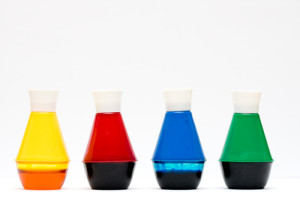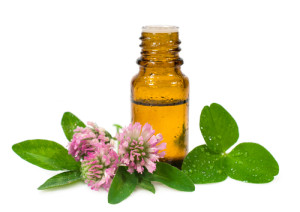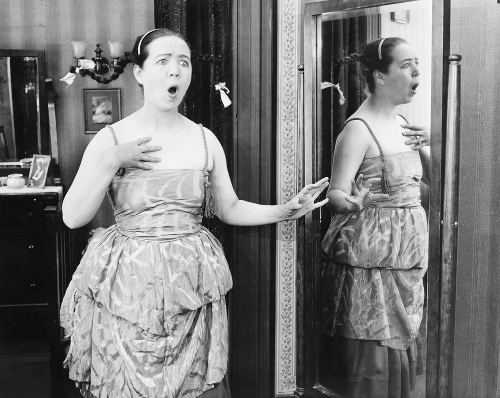What if you could look and feel younger by simply making some small shifts in your home environment?
Was thrilled to talk to Green Diva Meg about items in your home that could be aging your prematurely. Listen to the first Green Divas at Home podcast then read on for more information.
Everyday we’re exposed to hundreds of untested chemicals—from additives in food to endocrine disruptors in soap, shampoo and makeup.
These small, silent toxins that we bring into our homes end up inside our bodies, creating a “body burden” that exacerbate allergies, asthma, fatigue, cough, and headaches plus zap our energy and vitality…making us look old before our time.
Here are my top three things to avoid inside your home if you want to slow down the aging process and feel younger and more radiant:
1. Food additives like pesticides, food colorings and artificial sweeteners.
Pesticides work by destroying the nervous system of bugs. Think about what they might be doing to your nervous system! Opt for eating organic whenever possible. The EWG (Environmental Working Group) puts out their annual list of the “Dirty Dozen” (produce with the most pesticide residue) and the Clean 15 (those with the least residue). You can download a shoppers guide here:
Food colorings are synthetic dyes that have been banned in Europe because studies have shown they cause hyperactivity. Avoid blue yogurt (for example) and read labels to watch for hidden colors in cereals, soft drinks, cakes, cookies and other processed foods.
Artificial sweeteners, especially aspartame (a synthetic chemical), should be avoided. You’ll find aspartame in NutraSweet, Equal, Diet Coke and Diet Pepsi, as well as sugar-free gums, candies, yogurts, breakfast cereals, and hundreds of other products that kids and adults eat (like sugar-free Kool-Aid, Jell-O pudding and some Popsicles). Three key studies funded by an independent lab (rather than by a maker of aspartame) found that the sweetener caused lymphomas, leukemias, kidney, and other cancers in rats and mice.
2. Anything labeled “anti-bacterial.”
Triclosan, a chemical that’s actually a pesticide, is found in antibacterial soaps, deodorant, acne cream and in some toothpastes. “Three out of four Americans have Triclosan in their blood,” said Sarah Janssen, MD, Ph.D, senior scientist in the health and environment program at NRDC (Natural Resources Defense Council) in San Francisco. “And it’s proven to be an endocrine disruptor in laboratory animals.”
Use plain soap and water. (Check out this DIY foaming hand soap!) Antibacterial soaps and washes are not any better at killing germs and could contribute to the growth of bacteria that is resistant to antibiotics.
3. Synthetic fragrance. 
This is found in air fresheners and deodorizers, as well as soap, shampoo, deodorant and perfume. They contain phthalates, which are chemicals that can cause hormonal abnormalities, birth defects and reproductive problems… they can also trigger migraine headaches, allergies and asthma attacks. In addition, synthetic fragrances can contain neurotoxins and ranked are among the top five allergens in the world.
Look for scents that are naturally derived or are plant-based or labeled as 100 percent essential oils. These are not the same thing as “fragrance oils” which are artificially created and contain synthetic chemicals. To clear the air use a non-aerosol citrus spray containing only citrus peel extracts, which are effective at dissolving airborne odors, instead of scented aerosol sprays, liquids that emit a continuous scent or solid air fresheners.
Know any other home products that could contribute to aging? Share them here!
Listen to the entire Green Divas Radio Show:
In addition to the new Travelin’ GD segment, you’ll hear featured guest Susan Freinkel talking about how pesticides impact our children and the new GD at Home segment.
Images via shutterstock.
[dynamic-sidebar id=’Custom Widget 1′]

Pingback: 3 Things In Your Home That Could Be Aging You Prematurely | soapmaking.org.uk